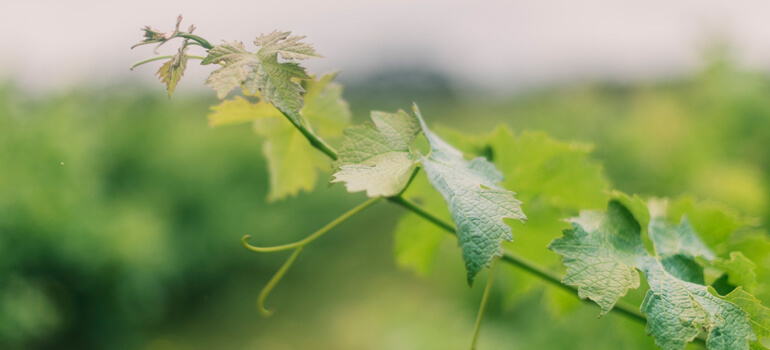In the United Kingdom in the 1970s, BBC TV screened a dramatised documentary series called Microbes and Men, which charted the development of vaccines.
Young Christopher Steel, a teenager living in the small rural village of Llwynygroes in Ceredigion, Wales, was captivated from the get-go.
‘I had always had an interest in nature, the world around me, outer space and geography, so I found Microbes and Men fascinating.’
‘I learnt all about the famous microbiologists who were pioneers in the study of microbial agents of disease: Koch, Pasteur, Roux and Jenner to name but a few.’

Meanwhile, at the small high school he attended, science was the ‘it’ subject for many students.
‘The school only had around 400 pupils, but it had an active science club headed by an enthusiastic science teacher, a physicist, who coordinated the club activities.’
One activity, in collaboration with some visiting cell biologists from Cardiff, saw young Chris and a small group of his class mates attempt to grow human cells (HeLa cells) in culture in the school laboratory.

He was intrigued by the fact that human cells could be cultured in vitro. It was this early interest that led him down an academic path in microbiology, firstly at the University College of Wales, Cardiff, where he completed a BSc (Hons) in microbiology – with an emphasis on applied and industrial microbiology – and then at the University of Birmingham where he completed his PhD on host-pathogen interactions in plants.
‘Grapes and wine were not at all in my mind at this stage and I was very much a beer consumer!’ he recalls.
Post-doctoral positons followed, firstly back at the University College of Wales, Aberystwyth, where he worked on the modes of action of fungicides that inhibit the sterol biosynthetic pathway and then in the agrochemical industry in Switzerland where he was involved with developing enzyme assays to screen candidate fungicides.

Tired of temporary post-doctoral contracts, he decided that if he was going to only have short term contract positions he would at least travel the world ‘and seek out some sun and fun.’
‘I started writing to people I had heard of in Australia. One of the people that replied was Tan Nair, who worked with NSW Agriculture in Rydalmere. Tan offered me a post-doctoral position working on Botrytis and fungicide resistance, and I moved to Australia in 1991.’ In 1995, he joined Charles Sturt University as an academic in viticulture.
‘The great thing about grape and wine research is the potential for multidisciplinary research. Wine covers a lot of disciplines. For example, my most recent Wine Australia funded research on bunch rot of grapes is a good example of a project that brings analytical chemistry, plant pathology and sensory science all together under the one umbrella.’
Professor Steel said his research interests have expanded as a result of his connection with the wine sector. ‘And then of course there are the social aspects that are part of being involved with the study of wine!’

However, he says one of the most satisfying parts of his work is seeing his students achieve, and witnessing them go on to do great things in their careers.
‘I sometimes wonder how life might have turned out had I ended up being an astronaut in line with my childhood dream, but it doesn’t really matter. Irrespective of the field of study, I am a scientist, and I love what I do.’
